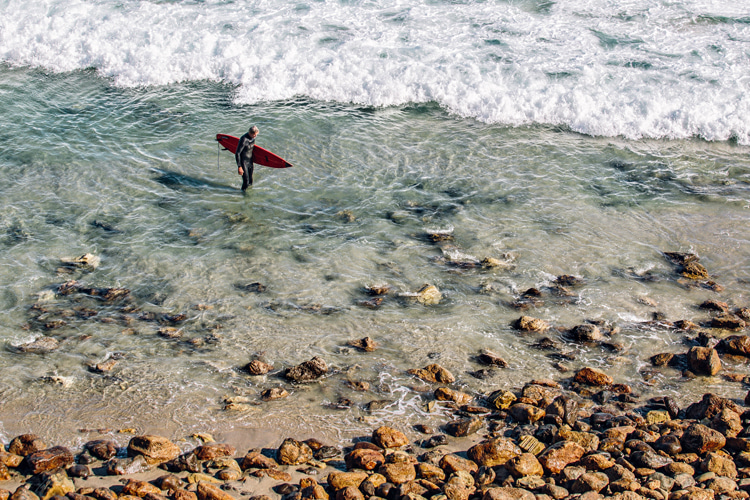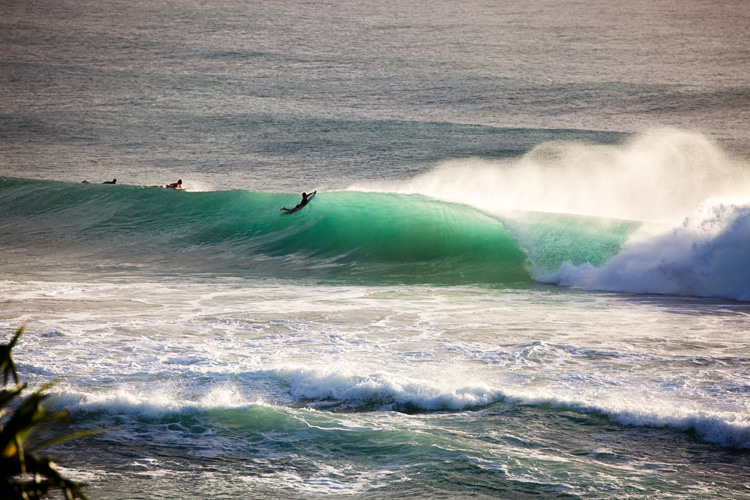As the world grapples with the growing impacts of climate change, the lives of millions of surfers worldwide are changing with it.
According to a recent study by California State University Channel Islands (CSUCI), the way humans respond to the climate crisis might have an even more immediate and profound effect on the quality of waves than climate change itself.
The study, led by CSUCI Assistant Professor of Environmental Science & Resource Management (ESRM) Dan Reineman, an avid surfer himself, finds that while climate change will affect surf breaks, the effects will be gradual, possibly going unnoticed by many surfers over the coming decades.
However, human responses to these climate impacts could result in drastic alterations to coastlines and have an immediate, potentially existential effect on the quality of a wave.
Waves that surfers ride are complex phenomena, shaped by distant storms and the long journey they make across the oceans, only to break uniquely depending on the shape and composition of each shoreline.
These intricate processes are being altered by human activities, from the emission of greenhouse gases to modifications of our coasts.

SurfCAT: Assessing Surf Break Vulnerability
In response to these emerging challenges, Reineman and his co-author, coastal scientist Nick Sadrpour, previously with the California Sea Grant program, developed the Surf Break Vulnerability-Climate Change Assessment Tool, or SurfCAT.
This tool is designed to empower surfers, policymakers, and the general public with knowledge about their coastlines, allowing them to assess the vulnerability of specific surf breaks to climate change impacts.
"By carefully considering a set of important characteristics for a surf break, including its sensitivity to tides, swell direction, sea floor, and others, users can determine its vulnerability to different impacts from our climate change," said Reineman.
The creation of SurfCAT was a substantial endeavor, requiring Reineman and Sadrpour to spend over four years reviewing hundreds of studies on oceanographic processes, from wave formation to wave breaking and from the scale of whole oceans to local beaches.
They also scrutinized recent research on how climate change will likely affect these processes.
Valuable Data for Sustainable Responses
The result was a comprehensive framework that offered key conclusions about the potential effects of climate change on surfing and presented this complex issue in an accessible format.
"Our goal was to provide a comprehensive review of how climate change would affect waves for surfing and to provide this review in a format that was not only rigorous and scientific but also accessible to the average surfer, beachgoer, or local decision maker," Sadrpour stated.
In the summer of 2023, Reineman will share the findings of their study and present the SurfCAT tool at a summit attended by managers from surfing reserves around the world.
The research and the tool present a new wave of understanding, underlining the importance of informed, sustainable human responses to climate change in preserving the future of surfing.
